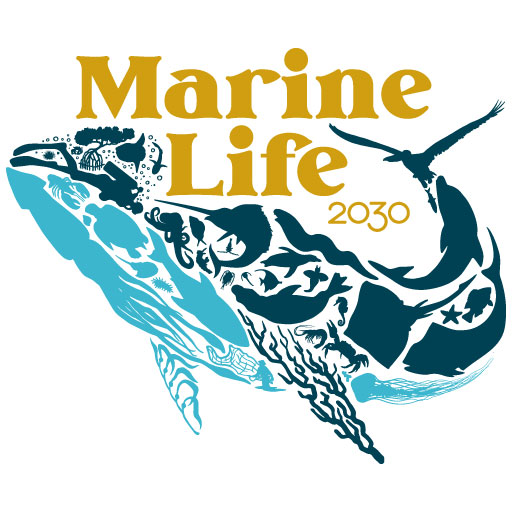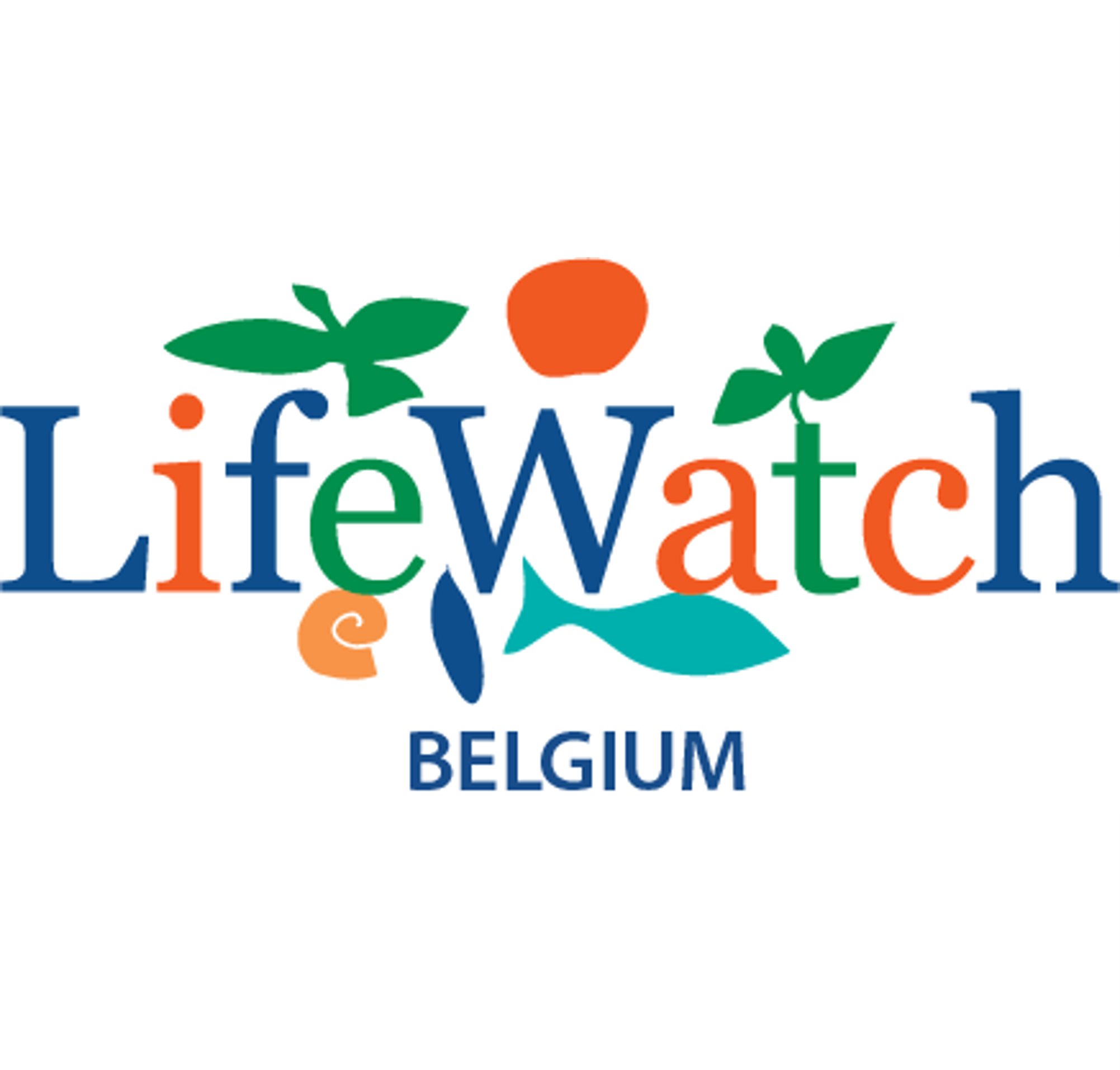You are here
Taxonomic problem solving: the challenge of author names
Publication date: January 12th 2023

Answering the question “How many marine species are currently known and documented?” is within the reach of WoRMS, as was highlighted in our third #WoRMS15 Story. Although that number increases on an almost daily basis, and it is by no means complete, nor does it provide a prediction for the total number of existing marine species, it is the best we can provide today.
A related question that has kept scientists/researchers/taxonomists occupied for a long time, is to be able to specify how many people have actually described species. Together with linking these people to specific time spans in the form of decades or centuries, this would allow us to better understand how many people are actually active in the field of taxonomy, and whether there is an increasing or decreasing trend in their numbers over time.
Within WoRMS, there is a dedicated field where editors can document the authorship of a taxon. This authorship refers to the publication in which the author(s) have validly proposed a new name, in accordance with rules of the Nomenclature Codes. Feedback on missing or possibly incorrect or incomplete authorships and year of publication - documented in that same authorship field in the database - is a quite common message received by the Data Management Team.
Together with our editors, these shortcomings are fixed rather quickly, although some of the authorship-related questions can also form a challenge. Let’s dive into two of the very common authorship challenges…
Authorities, how to distinguish between them?
Some last names are just very common throughout history… Not only through family ties, where e.g. two or more generations get into taxonomy and describe species, but also across continents or time. The only way to distinguish these authors from each other - and thus correctly link a species description to a certain person - is by adding the initials of those people to the authorship.
Within WoRMS, this initial information can be captured within the authorship information, and the general ‘rule of thumb’ is to add initial(s) to a name if there can be confusion with an authority. In case these authors also have the same initials, as many letters of the first name as needed are to be used to discriminate them. Examples of these are Ev. Marcus versus Er. Marcus (Eveline & Ernst Marcus, husband & wife) and Ant. Bivona versus And. Bivona. (Antonino and Andrea, father and son).
By including initials, distinction is possible between e.g. father and son or other family connections, as is the case for e.g. ‘de la Torre’. Within Mollusca taxonomy, 3 relatives - nephews and cousins - with the last name de la Torre are active. Simply adding their initials - A., R. and C. - makes it possible to clearly distinguish them, avoiding incorrect assumptions on how many species each of them has described, and providing a more correct estimate of the number of active people in the field of taxonomy.
A level of complexity is sometimes added, when a father names his son after himself, as is the case for George Brettingham (G.B.) Sowerby in the late 1700s. Both father and son worked together in the field of taxonomy, so the need arises to not only add the initials, but also indicate the generation by I and II. The Sowerby family was very active in marine species descriptions and their knowledge and skills were passed down to the third generation, as the grandson - George Brettingham Sowerby - also described marine species, putting forward the need to document his name as G.B. Sowerby III. For an overview of the taxa described by the three generations of G.B. Sowerby, see Petit, 2009.

Left: Conchological Manual Plate 1. Utilus pompilius and American thorny-oyster (Spondylus americanus) shells, illustrated by George B. Sowerby (Source). Right: Grave of George Brettingham Sowerby I and II in Highgate Cemetery, ©Simon Edwards Esq (Source and Source).
Documenting initials also allows distinguishing between completely unrelated namesakes, e.g. in the case of Grant. When exploring Molluscs, there are actually four completely unrelated people named Grant, who have each described taxa within this group. The addition of initials in these cases allows to distinguish these 4 people, and assign a correct number of ‘described taxa’ to each of them.
A slightly reversed situation appears when species are being described under someone’s maiden name, married name, divorced name and re-married name… At some point, we will need to be able to link all these names as being one and the same person.
Spelling: not just a challenge for a scientific name?
The correct spelling of a name, just as for a species name (WoRMS15 Story 7), can also be tricky… Just think about names like De Gregorio, de Man, or Bory de Saint-Vincent. Does each part of the name start with a capital, or just the second part? And should ‘Saint’ always be written in full, or is the standard abbreviation of St. also acceptable?
To make matters even more complicated, it is sometimes not just about writing a name with or without capitals or in full. Throughout history, there are some cases where a taxonomist has used different spelling variations of his or her own name. An example of this is Charles Desmoulins, who has described species both under ‘Desmoulins’ and ‘Des Moulins’. To avoid confusion on this level - and thus avoid seeing these as two different people - it is key that within the authority field of WoRMS, consensus is reached on how to write this name, or a link between the different spellings of a name becomes possible. And then there is also Louis Antoine Desmoulins who has described several species, so the need for initials is again essential. Also Linnaeus' name is often spelled as ‘Linné’ in publications, and with German names, the ‘ö’ was in the past often ‘translated’ to ‘oe’, adding to the possible confusion on ‘who is who’ in the field of taxonomy.
So, how many marine taxonomists are there?
Unfortunately, this is a question we can not yet answer correctly. The completion - and fine tuning with initials - of the authorship information within the World Register of Marine Species is still very much a work in progress. We do strive - together with our editors - to treat the detailed authorship information as a high priority within the time they can contribute. As progressing on our priorities and aiming for their completion is part of our commitments within the UN Ocean Decade (2021-2030).
Contact
WoRMS Data Management Team - info@marinespecies.org
References:
Image credits:
Acknowledgements:
This celebration and series of news messages initiated by the Data Management Team (DMT) would not have been possible without the collaboration of the WoRMS Steering Committee (SC) & voluntary contributions by many of the WoRMS editors.
The work of the DMT and many WoRMS-DMT-related activities are supported by LifeWatch Belgium, part of the E-Science European LifeWatch Infrastructure for Biodiversity and Ecosystem Research. LifeWatch is a distributed virtual laboratory, which is used for different aspects of biodiversity research. The Species Information Backbone of LifeWatch aims at bringing together taxonomic and species-related data and at filling the gaps in our knowledge. In addition, it gives support to taxonomic experts by providing them logistic and financial support for the organization of meetings and workshops related to expanding the content and enhancing the quality of taxonomic databases.
WoRMS – as ABC WoRMS – is an endorsed action under the UN Ocean Decade.




